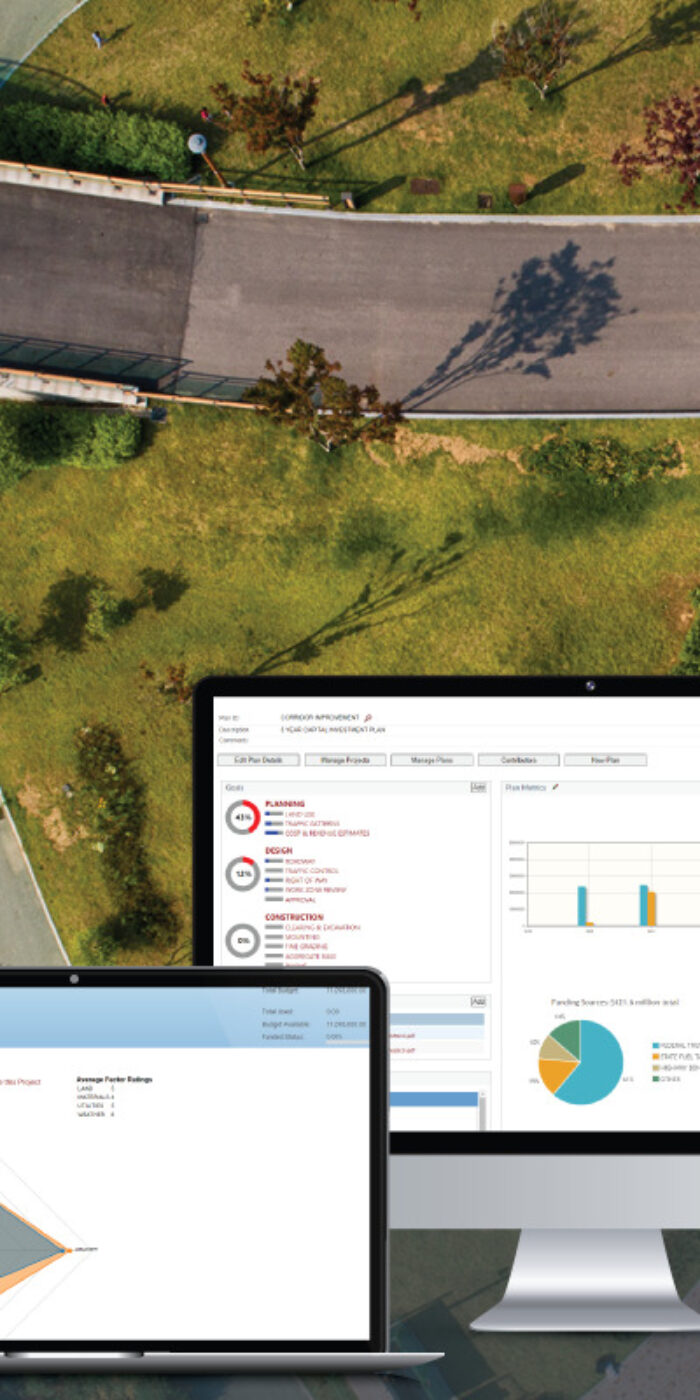Does your organization have a strategic asset management tool?
If it does, then you should be familiar with streamlined capital planning procedures. Hopefully, this blog will encourage you to try new approaches to capital planning. If your organization does not – then get ready. Let’s capitalize on your capital planning and upgrade your organization today.
Step 1: Setting Up your Plan
The first step to efficient capital planning is to be able to create, manage and execute capital plans and projects within a single management software system. By keeping all of these tasks and data in one place, you can ensure data accuracy, rapid reporting and that your information remains secure.
Once you have your projects labeled and fully developed, you’ve paved the way for efficient, customizable reports and displays. All of the columns, graphs and other views may be hidden, re-ordered and sorted for maximum customizability to keep the data relevant to what you want to see. If a project demands that you incorporate new assets, you may find it more convenient to immediately create the asset. Well, in an efficient system, you can create, identify and apply new assets directly in a project. With this practice, your project will reflect the results of updated asset data immediately, and you can continue making decisions as you need – instead of waiting.
Step 2: Executing your Plan
If a project takes years (and let’s be honest, it usually does), it can be broken down by graphs and visualizations by budget year so that your information is drilled down to exactly what is pertinent. You can see specifically where funds went, at what time and for what purpose. Did one year perform well while the other under-performed? Break it down by financial statements and you can see where the disconnect is! In fact, if you have the opportunity to take control of internal calendar functionalities, you can optimize your planning procedures. Dynamic calendars allow for the creation and revision of events, plans and projects and will display helpful timelines to aid you in forecasting for the project. Furthermore, projects should be able to be broken down by phases. Here, each phase has its own budgets, attributes, actions items and more so you can adjust and optimize project phases as soon you want to.
When you are creating capital plans and projects, customizability is important and restrictions are cumbersome. Ensure that your capital planning software has a lot of the former and very little of the latter. An efficient system will allow an unlimited number of attachable documents and links. In addition, you should take advantage of the option to define project goals and objectives.
Step 3: Reporting on your Plan
Advanced project analysis may reveal the need for risk management to ensure regulatory compliance and financial security for your organization. Strong capital planning software will allow you to identify and track the risks, impacts and mitigation procedures that are relevant to each project, plan and phase that you are managing. But there are more things to track than just risks! In addition, savings benefits are critical to project reporting and forecasting as well as post-project analysis – so don’t forget to spend the time to ensure you are recognizing and noting how they relate to your project.
If you are looking for a little bit of automation in your capital planning, you can set up approval workflows that you define and set to be automatic triggers as a project progresses through its phases. If a certain event or parameter is reached, the system will take care of the desired approval process that you would normally have to do all on your own.
Finally, capital planning should also promote project ranking and selection. This practice is built to give your organization tools to identify goals and rate projects. Through this process, your organization should be able to make tough decisions by weighing projects across multiple factors. You can combine and plot these factors on a chart, for example, by comparing two different factors and seeing which projects maximize both values.
If you want to read more about asset and project ranking and selection, check out this blog.
If you feel like your current system is lacking in any of those aspects, your organization may be able to improve. AssetWorks Enterprise Asset Management (EAM) software is equipped with a comprehensive capital planning portal to make your job easier. Don’t believe us? Click the link above and scroll down to the middle of the page, there you will find video demos of both the Capital Planning Portal and the Work Management Portal. Capital planning is critical to effective asset and project management, are you ready to capitalize on it?












